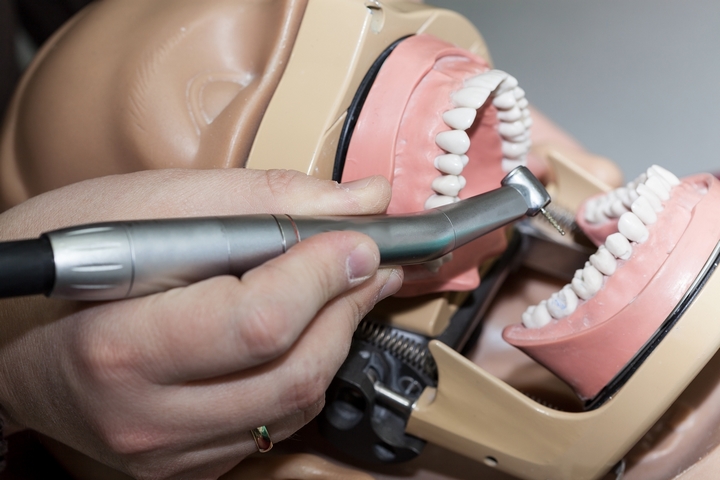If you’ve recently seen your dentist, you likely have noticed the dozens of tools and equipment they use in even a single appointment to care for their patient. A dentist has a whole host of unique dentistry tools to not only complete the necessary work required but to maintain a high level of comfort and keep the entirety of the experience as pleasant as possible for the patient.
Here are the common dentistry tools you will likely see in your next visit.
1. X-Ray
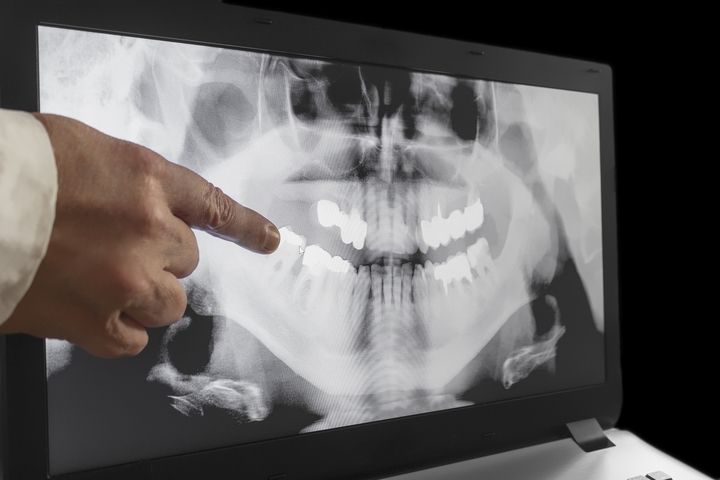
An X-ray machine will take images showing a detailed view of the teeth’ structure and bones. Early decay and similar issues that are difficult to detect otherwise will appear on an X-ray scan.
2. Dental Tray
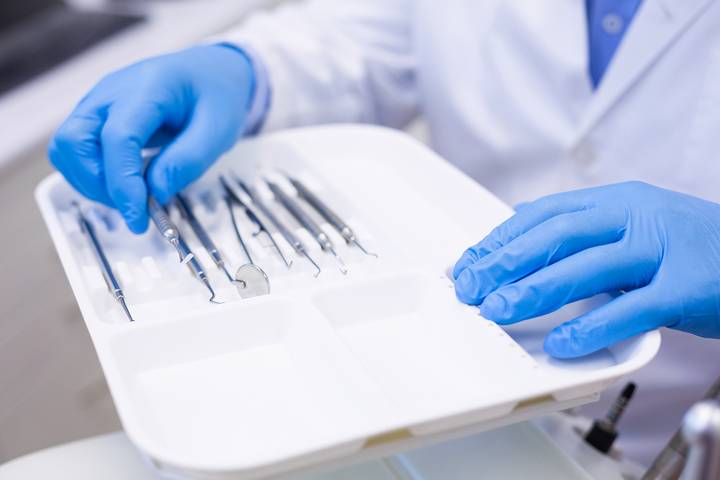
A dental tray provides a hygienic area to put down dental instruments. Different dental tray sizes and designs exist, each selected for different purposes, i.e. hygiene, operative, surgical, etc.
3. Dental Probe
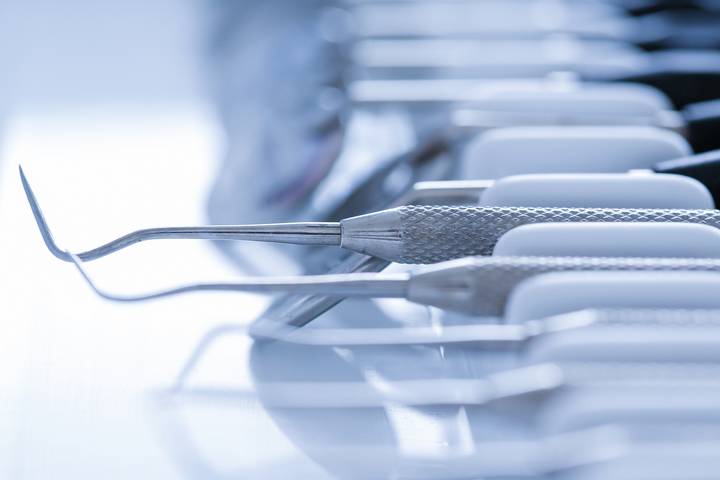
A dental probe is probably among the more complex tools from dentistry suppliers, but they’re fairly straightforward. They usually have a long handle with a sharp-looking hook on the end. Different types of dental probes exist, such as periodontal and sickle probes. They are simply tools to help explore the mouth and do things such as locate cavities, examine overall oral health, measure pockets, and identify gum recession.
4. Mouth Mirror
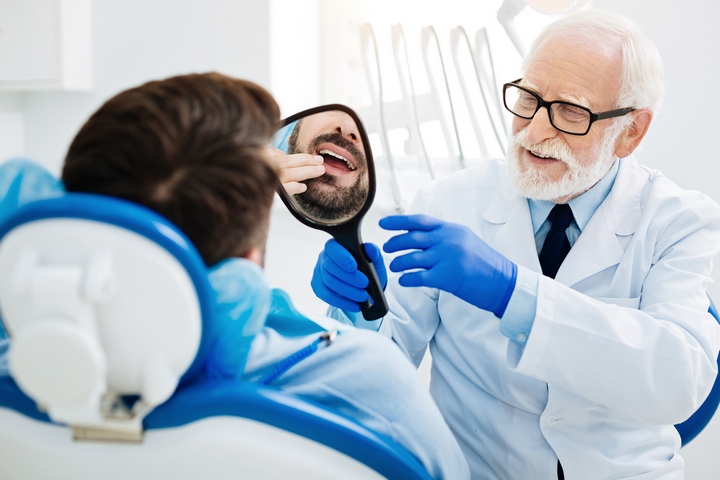
A mouth mirror lets dentists see teeth from all angles and local potential problems more accurately. A mouth mirror is used to view inside the mouth, including the back of your teeth.
5. Cotton Forceps
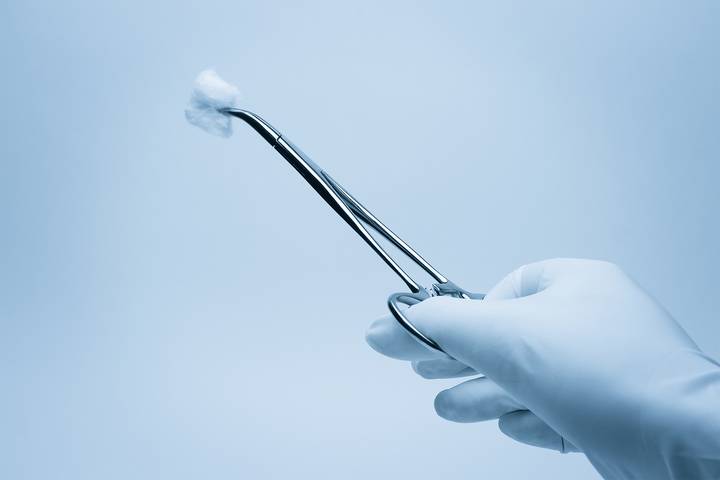
Cotton forceps grasp or transfer cotton material in and out of the oral cavity. Cotton rolls isolate teeth, absorb saliva, and act as a protective tissue barrier.
6. Bib Holder
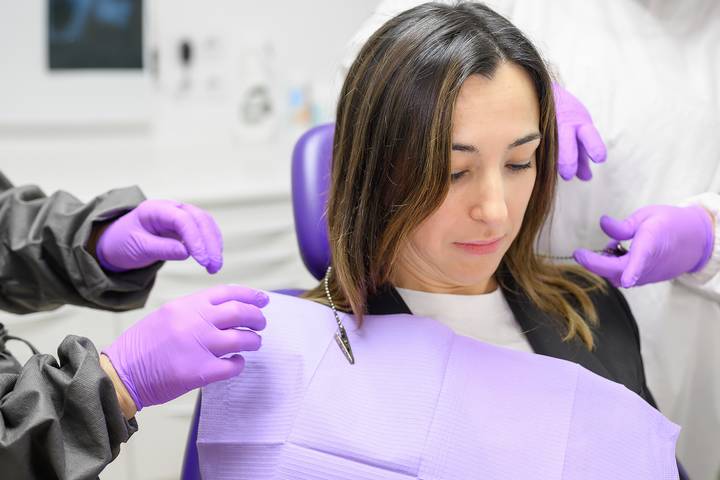
A bib holder attaches a bib around the patient’s neck. They are usually made with adhesive clips or alligator clips. Bibs act as a protective barrier to prevent unwelcome materials, debris, and fluids from contacting the patient.
7. Dental Syringe
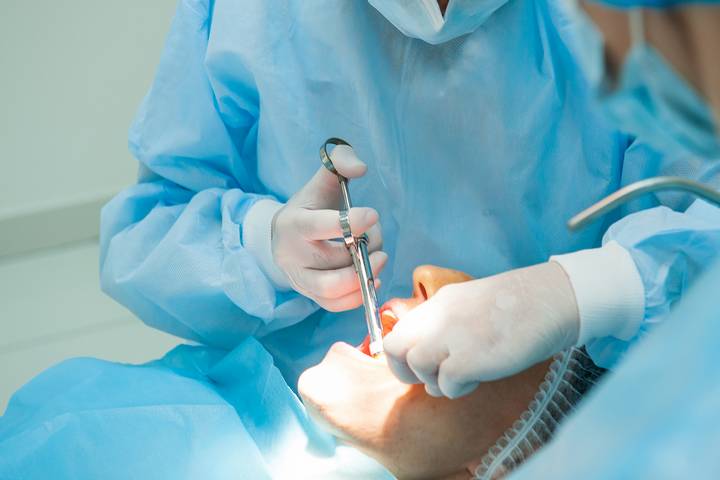
A dental syringe can be used for multiple jobs. It can be to administer a local anesthetic. Syringes are frequently used to rinse or dry the mouth with either water or air. Though syringes can be uncomfortable for the patient, discomfort is minimal and eases after a few seconds. They do not cause any pain.
8. Anesthetic
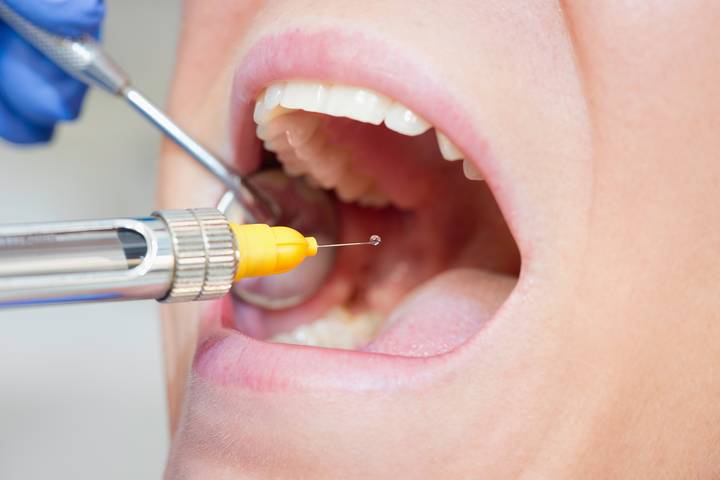
A local anesthetic is applied directly to the gums and tooth. It causes numbing. Under a tooth’s enamel, teeth are extremely sensitive. Therefore, to work on a tooth, an anesthetic has to be used, and, in return, the patient enjoys a pain-free experience.
9. Dental Drill
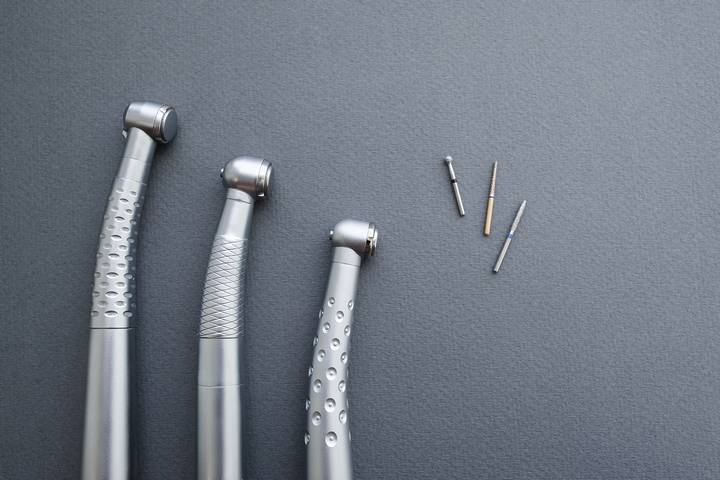
A dental drill removes decay attached to teeth before filling in a cavity. Drills are also used to polish and smooth teeth after an operation.
10. Dental Pliers
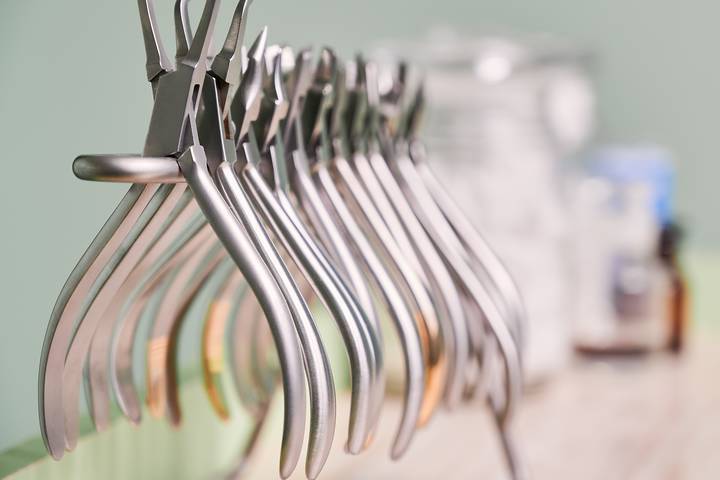
Dental pliers can be used for various treatments in orthodontics and the lab. They can cut wires and pins, bend hooks, and more. Dental pliers serve different functions and can cut materials of various types.
11. Dental Dam
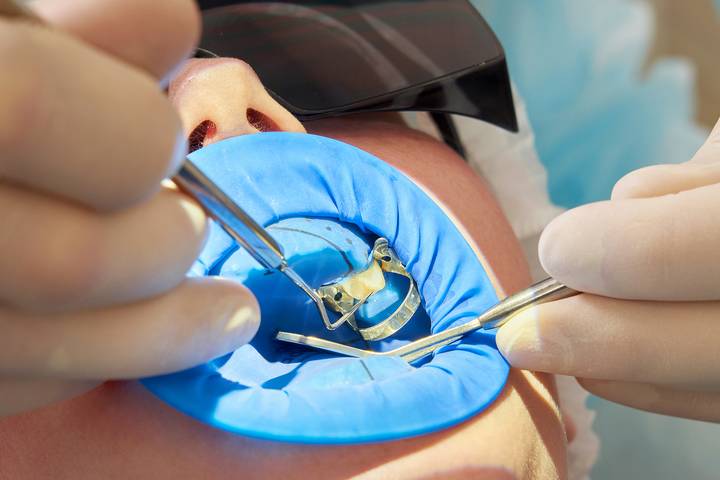
A dental dam, sometimes called a rubber dam, is a thin latex square sheet, usually six inches in size. It is used to isolate one or more teeth from the remainder of the mouth during a dental procedure. Dental dams isolate the tooth from the bacteria in your mouth, reducing the chances of an infection in an area being treated.
12. Suction Devices
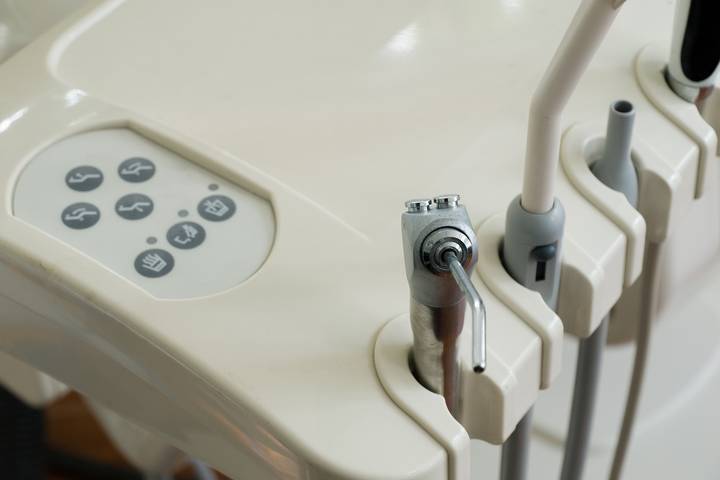
A suction tool on a small hose removes build-up in the mouth, i.e. saliva and other debris made during the procedure.
13. Burnisher
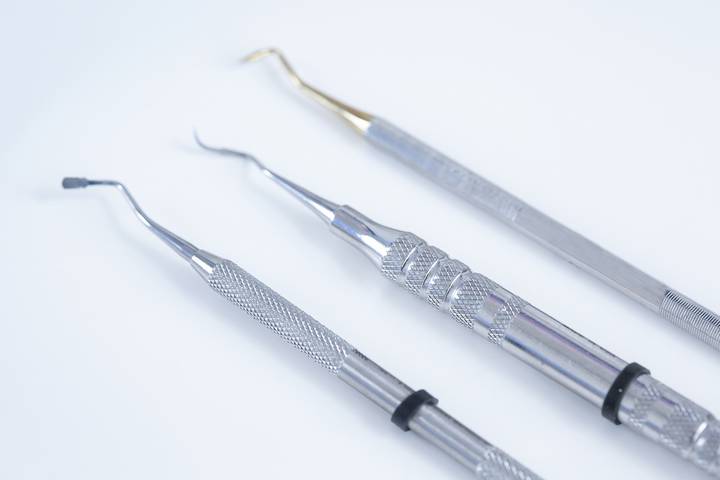
A burnisher is applied at the end of a procedure to smooth and polish teeth, removing any scratches made during the process. Burnishers are most common in dental restorations as a part of the finishing process before sending a patient on their way.
14. Scaler
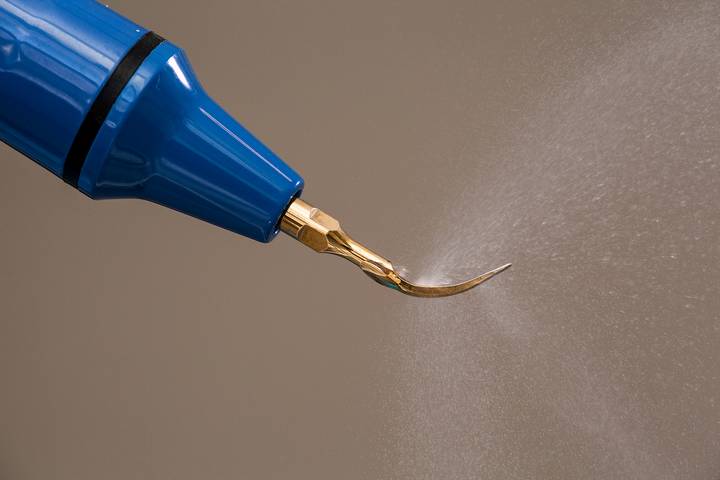
When plaque hardens above the gum line to the point where it cannot be removed by brushing, scalers carefully scrape it. This instrument must be handled carefully, so dentists are the professionals to rely on.
15. Dental Turbines
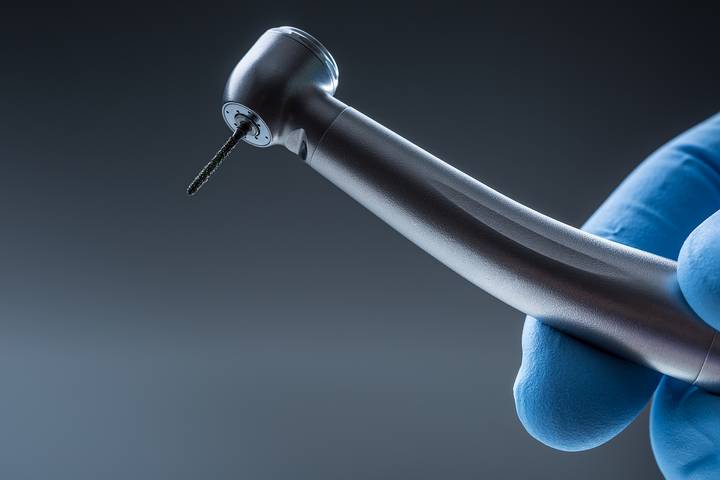
Dental turbines are a specialty tool. Several tools in dentistry are not as common as others, utilized for specific treatments or difficult-to-treat teeth. A dental turbine is a rotating instrument driven by air compression, perfect for jobs with greater resistance to treatment. They can safely remove hard tissue from teeth, such as enamel and prosthetic material.
16. Molds
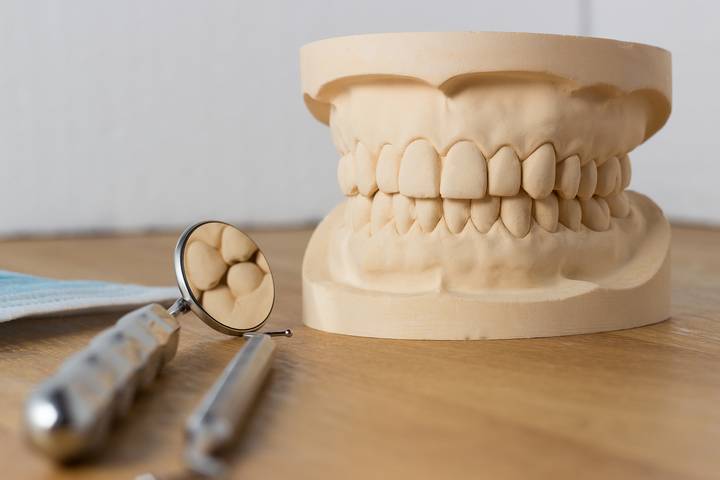
Whenever a crown, cap, or mouthguard needs to be made, a dentist may want to get a mould of your teeth. They’re small frames filled with a soft substance placed into your mouth. You bite down, and a perfect impression of your teeth is formed, allowing the dentist to craft a custom product tailored to the shape of your existing teeth.

